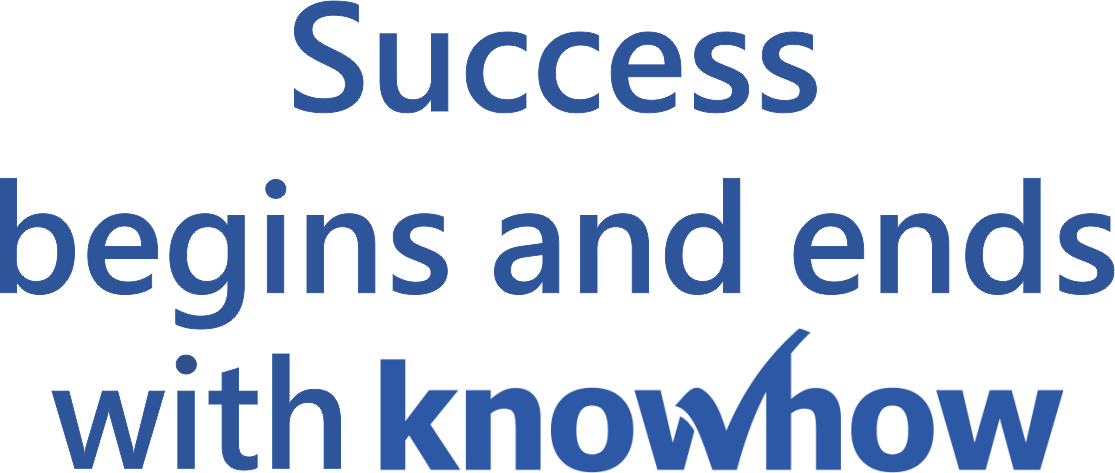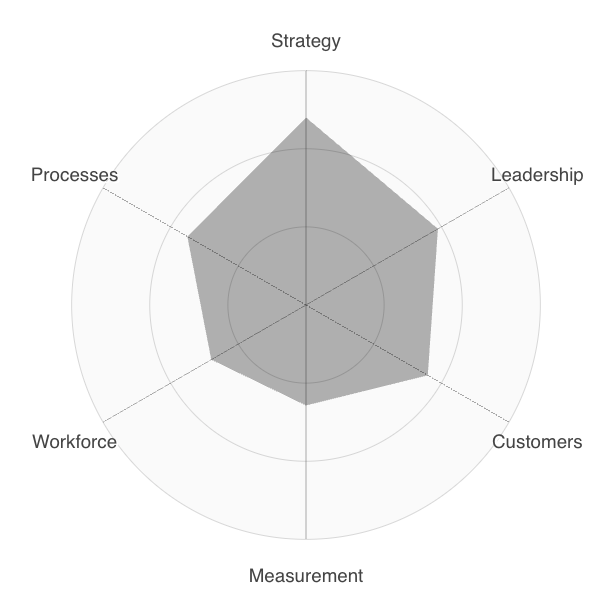



About
Knowhow Solutions Ltd was formed from a collaboration of thought leaders from multiple verticals and value chains. We believe it is not what you know, but what you know how to do, that creates value. We call optimizing and maximising this knowhow management and we created a best practice platform for achieving it.
Copyright © 2021 Knowhow Solutions Ltd. All rights reserved.



